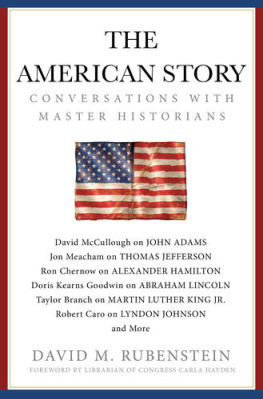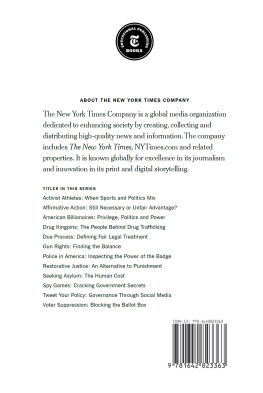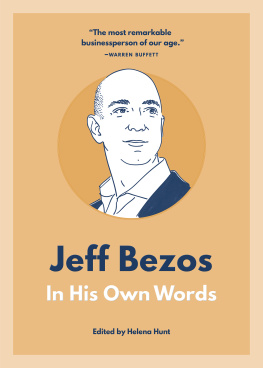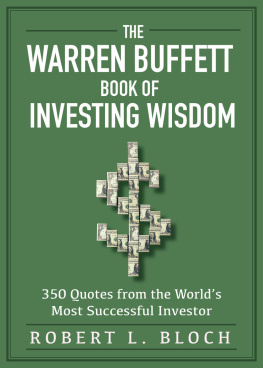Contents
Guide

Simon & Schuster
1230 Avenue of the Americas
New York, NY 10020
www.SimonandSchuster.com
Copyright 2020 by David M. Rubenstein
Interviews in this book originally appeared on The David Rubenstein Show: Peer to Peer Conversations. Used by permission of Bloomberg News. The introduction to the interview with Dr. Anthony Fauci on page 302 was originally published in USA Today on March 22, 2020.
Illustrations copyright 2020 by Matthew Cook
All rights reserved, including the right to reproduce this book or portions thereof in any form whatsoever. For information, address Simon & Schuster Subsidiary Rights Department, 1230 Avenue of the Americas, New York, NY 10020.
First Simon & Schuster hardcover edition September 2020
SIMON & SCHUSTER and colophon are registered trademarks of Simon & Schuster, Inc.
For information about special discounts for bulk purchases, please contact Simon & Schuster Special Sales at 1-866-506-1949 or .
The Simon & Schuster Speakers Bureau can bring authors to your live event. For more information or to book an event, contact the Simon & Schuster Speakers Bureau at 1-866-248-3049 or visit our website at www.simonspeakers.com.
Interior design by Lewelin Polanco
Jacket design by Rich Hasselberger
Jacket illustrations by Matthew Cook
Library of Congress Cataloging-in-Publication Data
Names: Rubenstein, David M., author.
Title: How to lead : wisdom from the worlds greatest CEOs, founders, and game changers / David M. Rubenstein.
Description: First Simon & Schuster hardcover edition. | New York, NY : Simon & Schuster, 2020. | Includes index. | Summary: The essential leadership playbook. Learn the principles and guiding philosophies of Bill Gates, Jeff Bezos, Ruth Bader Ginsburg, Warren Buffet, Oprah, and many others through illuminating conversations about their remarkable lives and careers Provided by publisher.
Identifiers: LCCN 2020032875 (print) | LCCN 2020032876 (ebook) | ISBN 9781982132156 (hardcover) | ISBN 9781982132187 (ebook)
Subjects: LCSH: Leadership.
Classification: LCC HD57.7 .R823 2020 (print) | LCC HD57.7 (ebook) | DDC 658.4/092dc23
LC record available at https://lccn.loc.gov/2020032875
LC ebook record available at https://lccn.loc.gov/2020032876
ISBN 978-1-9821-3215-6
ISBN 978-1-9821-3218-7 (ebook)
To Bettie and Bob, my late parents, and to Camille and Grant, my young grandchildren
Introduction
I have always been fascinated with leadershipspecifically, what individual leaders can accomplish by the power of their intellect, level of their unique skill, force of their personality, or effectiveness of their ability to persuade.
That fascination has no doubt been shared by nearly everyone on the planet during the COVID-19 crisis, as they looked to see whether certain individuals would rise to the occasion by developing the health, medical, financial, social, and political solutions to guide humanity through that unprecedented crisis. And clearly some did.
Similarly, during the protests following George Floyds death, many Americans looked for leaders to calm the racial tensions and address the anguish felt in the country. And again, there were those who heroically rose to the occasion.
Leadership comes in many forms and is exercised in many ways. Some leaders can command military troops in war. Others can conceive of and build large companies. Some leaders can develop scientific breakthroughs that improve the lives of millions of people, or use their expertise to help guide the public response to dangerous new diseases. Others can create works in the visual or performing arts that trigger deep emotions and showcase human expression at its highest level. Some can master athletic skills that unite fans around the world, while other leaders can transform an existing organization or develop solutions to complicated problems. Still others are able to create new ways of communicating or thinking.
I have long been interested in how these different types actually become and stay leaders. As a result of my fascination with the human trait of leadership, I have always had a habitmaybe bad mannersof asking leaders, whenever I first meet them, how they became leaders. What were the key factors? Was it luck, drive, talent, training, experience, or some other factor? How was this ability found and cultivated? How did they put it into action, and what happened when it was tested? Not everyone has been prepared to respond immediately to my barrage of questions.
That habit became more publicly visible when I became the president of the Economic Club of Washington, D.C., in 2008 and began almost monthly interviewing a prominent business, government, or cultural leader. For better or worse, I continued my interest in knowing what makes leaders tick when I began the Peer to Peer interview show on Bloomberg TV in 2016 (broadcast on PBS as well since 2018).
This book, an outgrowth of these interviews, is designed to provide the reader with the perspectives of different kinds of leaders, with the hope that readers might be inspired to develop or enhance their own leadership skills. How did Jeff Bezos and Bill Gates build global tech empires, against all odds? How did Phil Knight take an idea from his business school thesis and build the largest athletic-shoe company? How did Ruth Bader Ginsburg overcome legal roadblocks to gender equality and later become the Supreme Courts rock star? How did Tim Cook follow the legendary Steve Jobs and build an even stronger company? How did Jack Nicklaus become the worlds greatest golfer? How did Condoleezza Rice rise to the highest levels of government, defying the segregated South of her youth? How did Bill Clinton and George W. Bush overcome the severe challenges they faced as president? How did Dr. Anthony Fauci become one of the worlds most respected authorities on infectious diseases such as Ebola, HIV/AIDS, and now COVID-19?
Obviously, more than just reading a book about leadership is necessary to become a leader. But the stories of some of the best-known living leaders show how leadership grows over the course of a life and career. Many of those featured in this book started with little else than an idea and their own drive. Their stories also reveal the value that a leader can bring to a challenge, often affecting humanity in profoundly positive ways. Every story is inspirational.
A fair question might be: Why should anyone really want to be a leader?
First, a leader can create the type of change or results that will improve the lives of others. Second, a leader can motivate others to become leaders, and in turn improve others lives. And third, a leader can feel a sense of accomplishment and achievement that provides human fulfillment and happiness.
I have written How to Lead because I care a good deal about the positive impact that strong, decisive, and talented leaders can bring to a society. But I did not honestly feel that my own specific leadership story was sufficient to inspire others. I felt that the story of really extraordinary leaders, as told through frank interviews, would be far more helpful.
That said, I have gained some perspective from my own more modest and increasingly eclectic leadership journey: from an only child in a blue-collar family, to a scholarship student, lawyer, White House aide, private equity cofounder, philanthropist, nonprofit organization chair, public speaker, television show interviewer and commentator, and author. (Not being a really good leader in any one area, I suppose I tried many different areas.)













